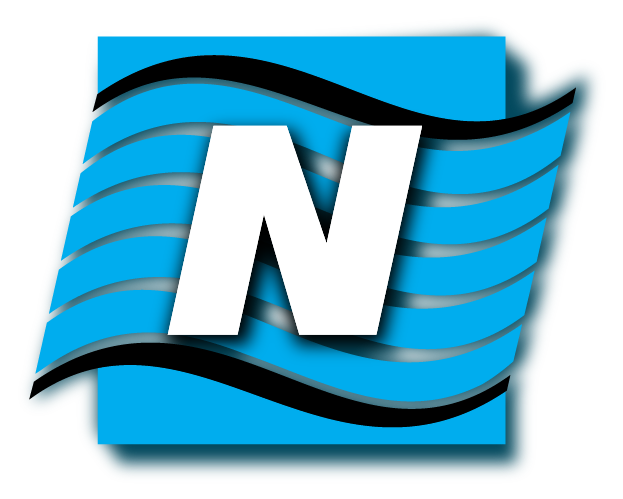Training activities contained within this Product may include physically demanding and potentially stressful elements. All personnel who participate in such activities must be capable of participating fully. Delegates should complete Self-Declaration of Medical Fitness Form.
Entry requirements
Target group
Objectives of the course
Approval
Course contents

Description of the course
This training programme HUET (with EBS) (OPITO code 5095) is designed to meet the offshore safety and emergency response training requirements for personnel new (or returning) to the offshore oil and gas industry who will be supplied with a rebreather emergency breathing system (EBS) during offshore helicopter travel.
The aim of the HUET (with EBS) programme is to prepare delegates that intend to travel to and from offshore oil and gas installations and vessels by helicopter by providing specific training in pre-flight and in-flight requirements and to equip delegates with the basic emergency response knowledge and skills required in the event of a helicopter emergency – with specific focus on escaping from a helicopter following ditching.
The objectives of the HUET (with EBS) Training are that delegates will be able to:
The objectives of the HUET (with EBS) Training are that delegates will be able to:
- Demonstrate, in a simulated environment, that they can use the safety equipment, and follow procedures in preparing for, and during helicopter emergencies – with particular focus on escaping from a helicopter following ditching
Offshore Petroleum Industry Training Organization (OPITO)
1.Helicopter Safety and Escape
Helicopter Travel
Training staff will explain:
Helicopter Emergencies
Training staff will explain:
Training staff will explain and demonstrate:
Delegates will practice and demonstrate:
Helicopter Travel
Training staff will explain:
- Pre-flight briefings
- The procedures and requirements for pre-boarding, safe boarding, in-flight and safe disembarkation
- Delegates must be made aware that they should ensure they familiarise themselves with the aviation transit suit they are expected to use before boarding a helicopter
Helicopter Emergencies
Training staff will explain:
- Informing the crew of suspected or observed helicopter emergencies
- In-flight procedures
- Aircraft basic flotation characteristics
- Aircraft escape routes for ditching and emergency landing
- Independent action
- Survival techniques following ditching and emergency landing
- The principles of emergency breathing systems (EBS)
- The duration of EBS
- Flotation dynamics associated with EBS
- Use of the Personal Locator Beacon (PLB)
Training staff will explain and demonstrate:
- Donning aviation transit suit EBS equipment and an aviation lifejacket
- Actions in preparation for a helicopter ditching and emergency landing including brace positions for the range of seating locations and harness types
- Helicopter evacuation
- Emergency equipment onboard the helicopter, including stowage location of aviation liferaft, operation and entry
- Initial actions on boarding the aviation liferaft i.e. how to use mooring lines, deploying the sea anchor, raising the canopy and raft maintenance
- Use of aviation liferaft equipment and secondary actions on boarding the aviation liferaft, to include e.g. posting lookouts, activating the radio beacons and first aid
Delegates will practice and demonstrate:
- Donning of an aviation transit suit, emergency breathing system (EBS) equipment and an aviation lifejacket.
- Conducting integrity checks of the EBS equipment
- Deploying, operating and breathing from EBS equipment at atmospheric pressure in dry conditions.
- Deploying, operating and breathing from the EBS in a pool utilising personal air (must experience positive and negative pressure created by body orientation in the water)
- Actions to take in preparing for a helicopter ditching/emergency landing.
- Following instruction from the crew, evacuation from a helicopter using a nominated exit, following a controlled emergency descent to a dry landing.
- Dry evacuation, using a nominated exit, to an aviation liferaft from a helicopter ditched on water (including deployment of EBS equipment and, on instructions from aircrew, operation of a push out window), assisting others where possible and carrying out initial actions on boarding the aviation liferaft, to include: mooring lines, deploying the sea anchor, raising the canopy and raft maintenance.
- Escaping through a window opening which is under water, from a partially submerged helicopter (without deploying EBS equipment or operation of a push out window)
- Escaping through a window opening which is under water, from a partially submerged helicopter (deploying, operating and breathing from EBS equipment but without operating a push out window)
- Escaping through a window opening which is under water, from a partially submerged helicopter (deploying, operating and breathing from EBS equipment and operating a push out window)
- Escaping through a window opening which is under water, from a capsized helicopter (without deploying EBS equipment or operating a push out window)
- Escaping through a window opening which is under water, from a capsized helicopter (*deploying and operating EBS equipment on surface prior to capsize but without operating a push out window)
- Escape, through a window opening which is under water, from a capsized helicopter (*deploying and operating the EBS equipment on surface prior to capsize and operating a push out window)
- Inflation of an aviation lifejacket, deployment of a spray visor and boarding of an aviation liferaft from the water.
Training approaches and equipment:
Duration of the training course
Price
Certificate validity
Course limitations:
Location
- Theoretical tasks with presentations and visualizations
- Explanations and demonstrations using real equipment
- Practical exercises using real life equipment and/or simulators
- Professional instructors with industry experience
The duration of the training course is 1 day.
The course ratio are:
- Theory – 16 participants on 1 instructor
- Practice – 4 participants on 1 instructor
660 EUR per person
4 years
Riga, Latvia
Meet the Experts Behind This Course
Instructors:
HUET Rescue Divers:
You might also be interested in following courses:
Check the course days on our calendar
Сourse in pictures:
Contact us


